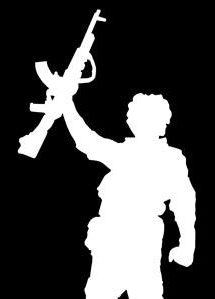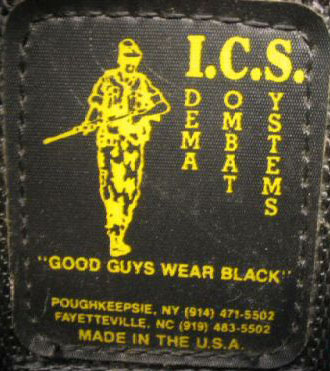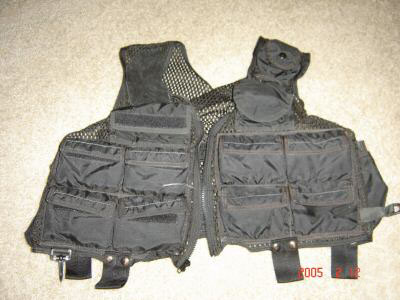Paintball Equipment
|
“Good” Paintball Equipment |
|||
|
|
|||
| For over six hundred and fifty years, civilized man has busted his gourd figuring out the best ergonomic shape and balance for a gun to point and shoot accurately. During all the time, the outcome of wars and lives depended on how easily a soldier could shoot his rifle or machine gun. So designing the perfectly-shaped firearm has consumed a lot of human design time. Oddly enough, though, most paintguns borrow nothing from these carefully evolved designs. Rather, compared to a military rifle or a hunting shotgun, most paintguns roaming the fields today are awkward, imbalanced and ergonomically clunky.
And if the paintball guns are bad, the equipment has been all over the charts. One of the earliest examples of good design for paintball gear is the Idema Combat Systems equipment from the mid-80s. Jack Idema was an ex-Special Forces guy whose specific contribution to the paintball world was to design equipment that was based on the durability and field-ability of actual military stuff. It never really took off, but you can still find old examples from time to time. The biggest issue with using his kit for modern games is that a lot of it was specifically designed to be used with paintball markers or accessories that you really don’t see that much anymore – 7oz. tanks, 10-rd paintball tubes, etc. There has also been a bit of a resurgence in vest-based set-ups for paintball guns, but it doesn’t seem to have the quality of the civilian wanna be spec-ops gear on the market – Blackhawk (the earlier US-made stuff – the current stuff is lacking), Eagle, LBT, etc. I picked up a COPS 911 tactical vest, but I am still going back and forth on what to do with it. |
|||
|
|
|||
|
The famous IDEMA COMBAT SYSTEMS label with the Rhodesian Army-looking soldier. |
|||
|
|
|||
|
I.C.S vest designed to hold stripper clips for the ill-fated Tippmann SMG-60. |
|||
|
|
|||
|
Here’s Jack Idema facing trial in Afghanistan in 2004 for trying to collect some Taliban reward money. |



